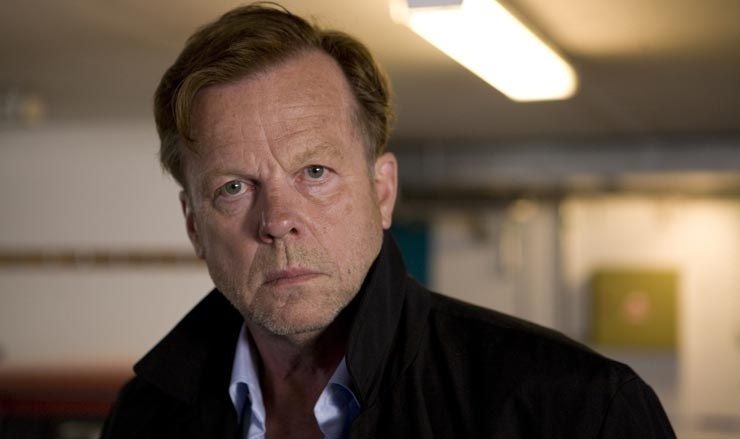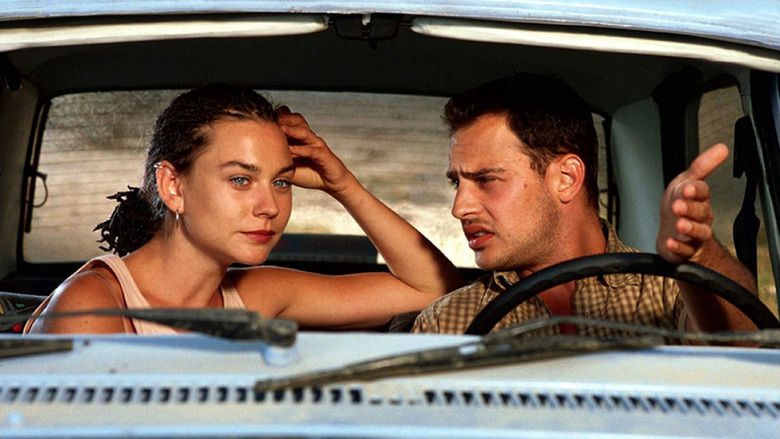Fredericksburg, Virginia, is well known to historians -- academic and amateur -- of Lincoln's War. It's where I live now, after a long stretch in Falls Church, a District of Columbia suburb.
Moving to Fredericksburg has been like moving to a different country. (Locals usually shorten the town's name to "the Burg" or even "Burg" in speech, as they contract Spotsylvania County to "Spotsy." The early settlers had more time for multi-syllabic names than we do.)
A fairly small but historically and architecturally interesting historic district nudges the Rappahannock River (a name which, curiously, always seems to be fully pronounced, which is good, as the only likely short form would be "The Rap").
Contrary to what you might expect, only a few houses and churches predate the War. In its siege and occupation, the Union army tore up most of Fredericksburg. The wreckage inflicted by Sherman's army, still cursed by many southerners, at least was under orders and for a strategic purpose. In the Burg it was simply undisciplined looting.
The main battle, Marye's Heights (December 1862) was a deadly defeat for the Northern army and, at least in 20/20 hindsight, a spectacular example of foolish tactics on the part of the Union commander, General Burnside. But various other battles swept through the area for the next two years. One of them, Salem Church, took place a mile from where I live.
Fredericksburg looks like it quickly regained material prosperity after the War. The residential part of the historic district includes grand Victorian houses, many restored to fine condition. This is the area of the Burg I'd like to live in, but it must be priced well out of my range. I'm looking forward to giving myself a walking tour in the springtime.
The town suburbs of course now stretch way beyond the Burg's original dimensions, west past the Great Wall of Interstate 95 and far to the south. The houses of Spotsy County aren't ugly, but they're bland, variations on three or four basic styles. Huge shopping centers offer all the standard national chains, except Trader Joe's. We have driven to Richmond several times just to go to Joe's.
This is where the Old South begins. To the north are ugly Washington spillover districts and the Marine base at Quantico, plus a few dreary historic Dogpatches. Maybe I should say an island of the Old South, since from what I hear northerners have colonized coastal cities farther south such as Wilmington, North Carolina, and metropolitan Charleston.
The local accents are still remarkable to me, especially the musical Virginia Tidewater speech, unlike anything I heard around Washington.
Manners are important here. Everyday transactions tend to be preceded by, or include, a little chit-chat. I have never lived in a place where pleasantries and warmth are so much a common element of interaction. Even black-white relations seem relatively smooth, but that might be only on the surface.
My only intermittent psychic ability is perceiving the atmosphere of places. When we were looking at houses for rent, we must have been in at least a dozen. One was good enough by every objective standard, but it didn't feel right to me. It had been the site of something unpleasant -- not necessarily haunted or the scene of a murder, but
something. Maybe just a very dysfunctional family.
It might sound natural that the Burg, with its gory past, would have dark and heavy vibes. I don't experience that. It's hard to describe, but rather than negative, the ambiance is, for want of a better word, serious. Not overtly -- people don't walk around frowning -- but in some subtle way, Longfellow's "life is real, life is earnest" applies.
There's a large drawback for me living in The Burg: it's a cultural desert. There's a good regional library, where my wife works, but no concerts with big-name talent, no theater, one chain bookstore, one secondhand bookstore in the back of a tourist shop, no CD exchange, no art museum, no metaphysical churches. The small local college, Mary Washington, has a jazz festival with student performers. The festival lasts one hour.
It's like being in Lesser Podunk, Arkansas. To get any sense of the larger world, you have to go to DC, Richmond, or beyond.
As the cliché has it, there's good and bad everywhere. But the proportions differ, and differ for each person. We'll see.






















